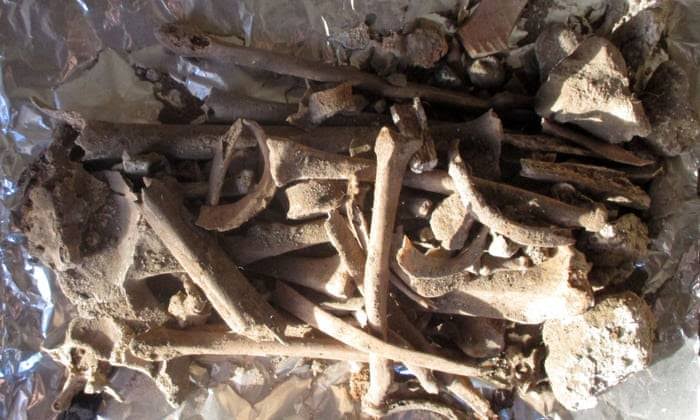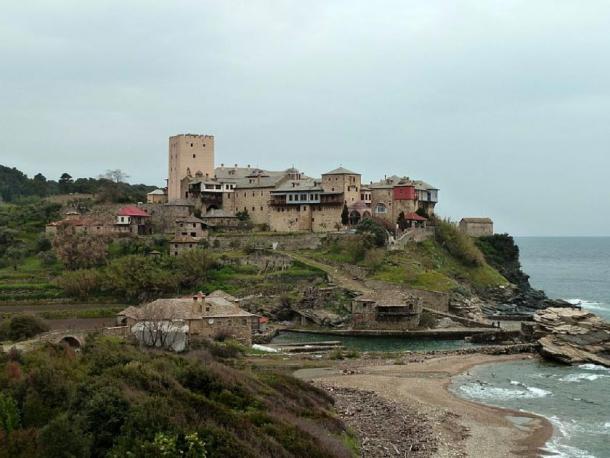Female Remains Found at Strictly Male-only Greek Monastery
The Guardian reported that American anthropologist Laura Wynn-Antikas was asked to investigate some bones found in the burial site while the church of St. Athanasius was restored on Mount Athos, only to declare they were those of a female.

The surprise assessment is surprising for the centuries-old strictly male monastic community where women even today, are not permitted to access the peninsula which is dedicated to the Virgin Mary.
Laura Wynn-Antikas told Guardian representative Helen Smith, that “a forearm, a trunk, and a sacred bone were among those found which were very different in morphology from the rest of the males.
“Bones never lie. They will reveal the way a person lived and probably how that person died. You are prepared to see everything,” she commented.
The bones have now been sent to the Democritus Carbon Radiocarbon Research Centre to confirm their dating, with genetic analysis for gender identification expected.

“If we talk about one woman or even more than one woman, this will raise many questions,” the scientist added. But few among the monks are willing to learn the truth.
After all, the entry of women into the autonomous status of Mount Athos has been banned since the 10th century, despite the fact that the EU considers the fact illegal.
In fact, even female animals are banned, with the exception of cats. If tests confirm Wynn-Antika’s assertion, it will be the first time that a woman has been buried in Mount Athos, according to architect Faidon Chatziantoni, who called on the experts.

“What is certain is that [the bones] would not be [buried] there if these people were not important to the monastery,” he noted.
In all, seven people were re-buried at the site, according to Wynn-Antica, who explained that no skulls could be found but that there were seven jaws and added that the process is not easy as the bones were moved from the original landfill, resulting in lost information.
“Once we have the dating, another piece of the puzzle will be solved,” the anthropologist noted. Finally, the director of the Democritus lab, Yiannis Maniatis, said that “the whole process is likely to take three months”.





